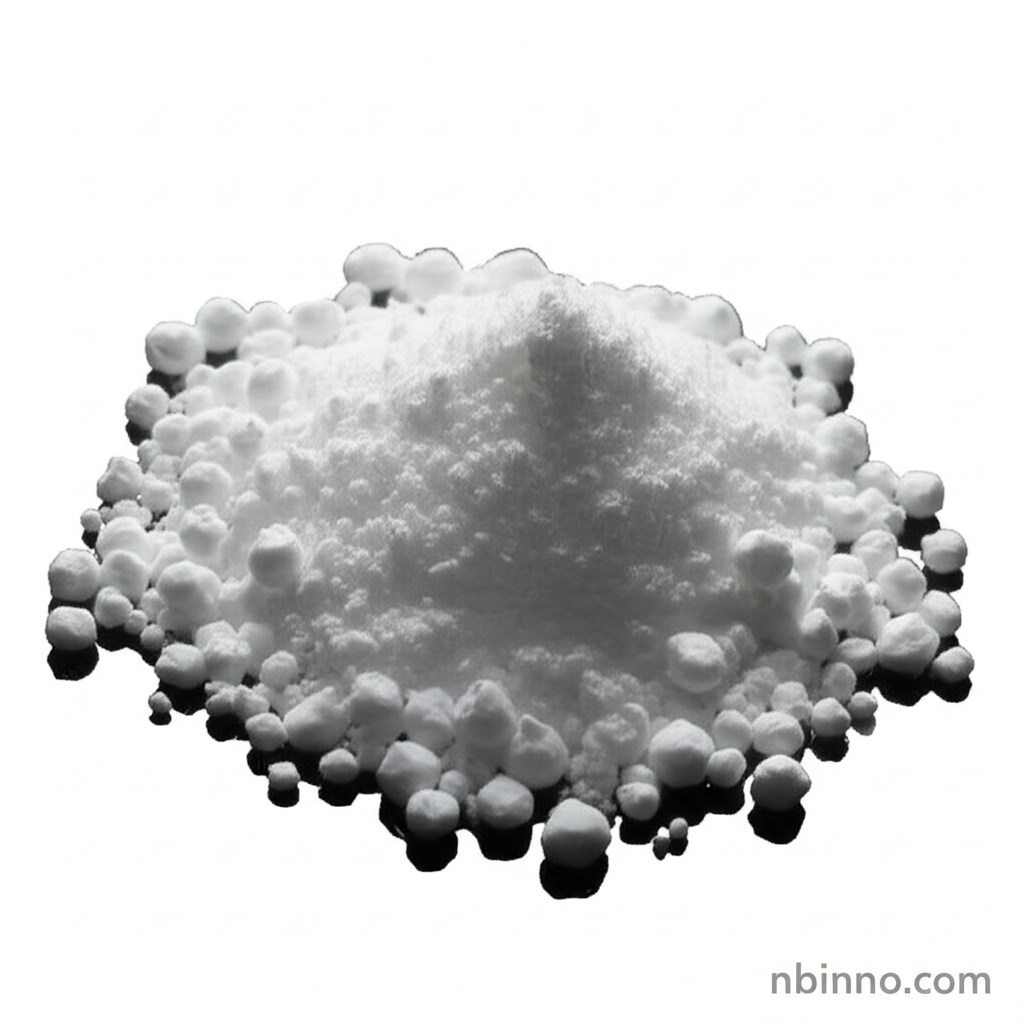Metaldehyde (CAS 108-62-3): Properties, Applications, and Safety Insights
Discover the essential details of Metaldehyde, a key compound used in diagnostics and pest control. Explore its chemical properties, handling guidelines, and the critical role it plays in various industries. Learn about safe usage and effective applications.
Get a Quote & SampleProduct Core Value

Metaldehyde
Metaldehyde (CAS 108-62-3) is a significant chemical compound with diverse applications, notably as a diagnostic reagent and a molluscicide. As a reliable supplier in China, we provide high-purity Metaldehyde crucial for laboratory and industrial needs. Its chemical structure and properties make it invaluable in specific formulations.
- Explore the detailed properties and applications of Metaldehyde (CAS 108-62-3) for your diagnostic needs. As a key component in various diagnostic kits, its reliability is paramount.
- Understand the safe handling of metaldehyde for slugs and snails in your gardening or pest control efforts. Proper usage ensures safety and effectiveness.
- Learn about the chemical synthesis and properties of Metaldehyde, vital for researchers and manufacturers. Accessing accurate chemical data is key to successful product development.
- Inquire about purchasing Metaldehyde and its availability from trusted manufacturers in China. We ensure quality and timely delivery for your industrial requirements.
Key Advantages of Using Metaldehyde
Reliable Diagnostic Reagent
Metaldehyde serves as a critical component in various diagnostic assays, contributing to accurate test results. Its consistent quality is essential for laboratory operations, making it a trusted chemical for R&D and clinical applications.
Effective Molluscicide Properties
Widely recognized for its efficacy in controlling slugs and snails, Metaldehyde plays a crucial role in agriculture and gardening. Understanding its application in pest control is key to maintaining healthy crops and landscapes.
Well-Defined Chemical Profile
With a known CAS number (108-62-3) and a clear molecular formula (C8H16O4), Metaldehyde's chemical properties are well-documented, facilitating its use in research and industrial processes. This predictability is vital for chemical synthesis.
Key Applications
Diagnostic Assays
Metaldehyde is utilized as a specific reagent in various diagnostic tests, contributing to the accuracy of medical and scientific analysis. Its consistent performance is crucial for reliable results in this field.
Agricultural Pest Control
As a molluscicide, Metaldehyde is applied to protect crops and gardens from damage caused by slugs and snails. Its application in agriculture is a common practice for yield protection.
Chemical Research
The chemical properties of Metaldehyde make it a subject of interest in chemical research, including studies on its synthesis, degradation, and potential new applications.
Industrial Formulations
Beyond its primary uses, Metaldehyde might be incorporated into specialized industrial formulations where its unique chemical characteristics are beneficial.
